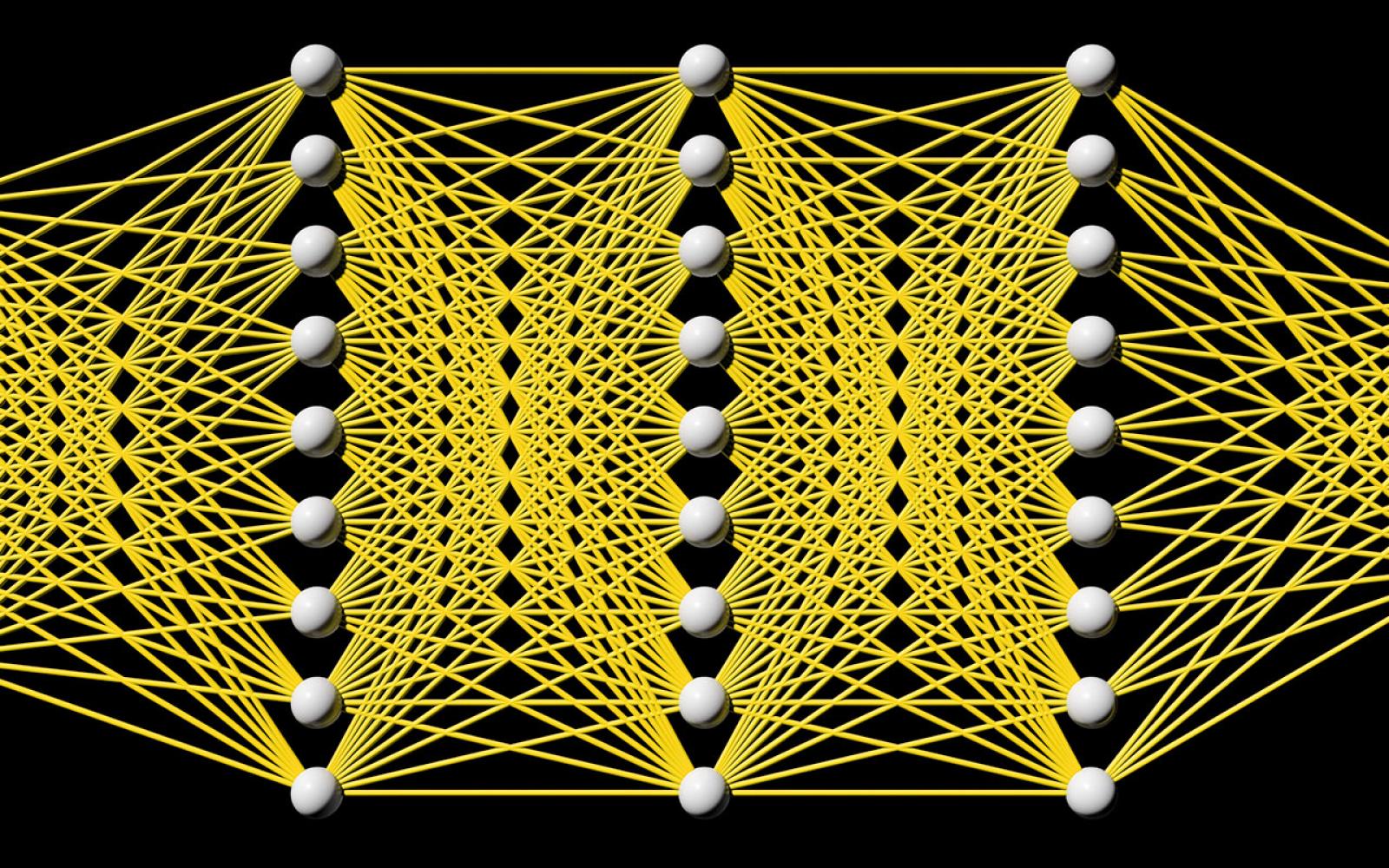Deep Versus Wide Convolutional Neural Networks for Object Recognition on Neuromorphic System.
In the last decade, special purpose computing systems, such as Neuromorphiccomputing, have become very popular in the field of computer vision and machinelearning for classification tasks. In 2015, IBM's released the TrueNorthNeuromorphic system, kick-starting a new era of Neuromorphic computing.Alternatively, Deep Learning approaches such as Deep Convolutional NeuralNetworks (DCNN) show almost human-level accuracies for detection andclassification tasks. IBM's 2016 release of a deep learning framework forDCNNs, called Energy Efficient Deep Neuromorphic Networks (Eedn). Eedn showspromise for delivering high accuracies across a number of different benchmarks,while consuming very low power, using IBM's TrueNorth chip. However, there aremany things that remained undiscovered using the Eedn framework forclassification tasks on a Neuromorphic system. In this paper, we haveempirically evaluated the performance of different DCNN architecturesimplemented within the Eedn framework. The goal of this work was discover themost efficient way to implement DCNN models for object classification tasksusing the TrueNorth system. We performed our experiments using benchmark datasets such as MNIST, COIL 20, and COIL 100. The experimental results show verypromising classification accuracies with very low power consumption on IBM'sNS1e Neurosynaptic system. The results show that for datasets with largenumbers of classes, wider networks perform better when compared to deepnetworks comprised of nearly the same core complexity on IBM's TrueNorthsystem.
Stay in the loop.
Subscribe to our newsletter for a weekly update on the latest podcast, news, events, and jobs postings.



